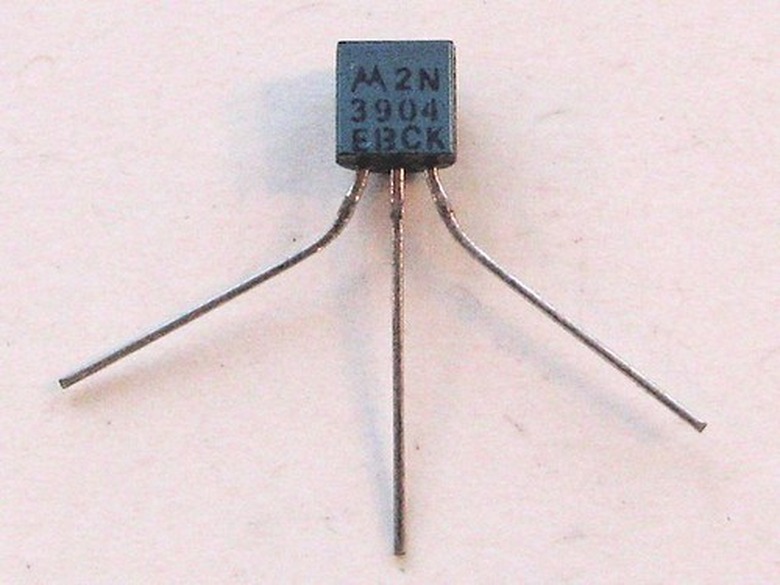What Is The Purpose Of A Transistor?
Electronic engineers use transistors to control the flow of electricity in circuits. They can operate up to billions of cycles per second, amplifying or switching electric currents. Specialized transistors can make colorful displays and sense light.
Description
Description
A transistor is an electronic device containing three layers of silicon. The behavior of electric charges in the silicon lets the transistor act as a valve, controlling the flow of electricity through it.
Amplifier
Amplifier
As with its ancestor the vacuum tube, the transistor can control a large electric current with a weak one. This is used to boost the power of audio, radio, television and other signals.
Switch
Switch
Transistors can switch signals on and off at high speeds. They form the basis for modern computers, which run at billions of operations per second.
Sensor
Sensor
Phototransistors control electrical signals by sensing light. Communications systems use them to handle data sent by laser beam.
Display
Display
Organic light-emitting devices (OLEDs) are transistors that give off light. As with liquid-crystal displays (LCDs), you can make flat display screens with them.
References
Cite This Article
MLA
Papiewski, John. "What Is The Purpose Of A Transistor?" sciencing.com, https://www.sciencing.com/purpose-transistor-6172581/. 24 April 2017.
APA
Papiewski, John. (2017, April 24). What Is The Purpose Of A Transistor?. sciencing.com. Retrieved from https://www.sciencing.com/purpose-transistor-6172581/
Chicago
Papiewski, John. What Is The Purpose Of A Transistor? last modified March 24, 2022. https://www.sciencing.com/purpose-transistor-6172581/
